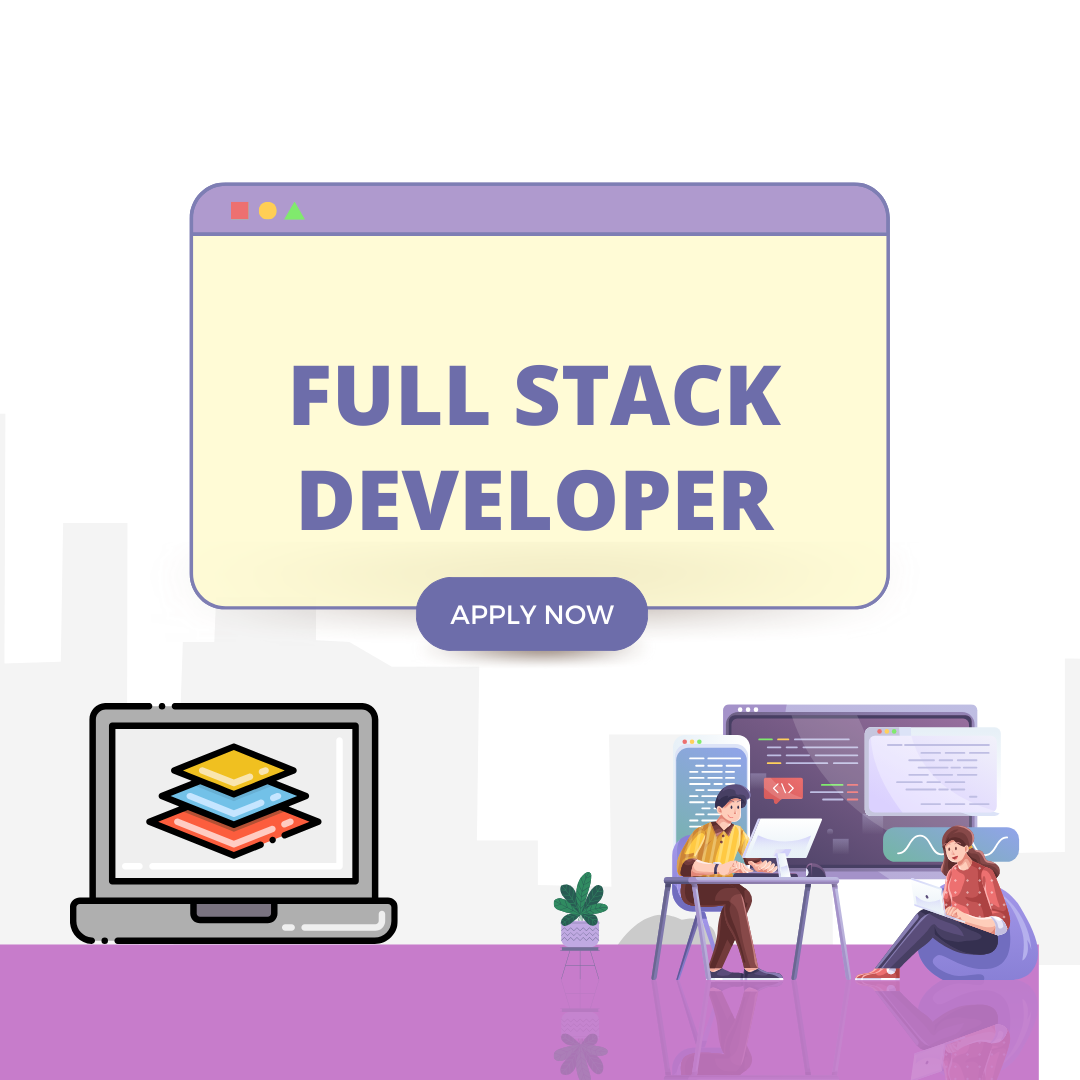
Full Stack Rockstar: Become the Indispensable Developer in Any Team
Introduction
In the ever-evolving landscape of technology, the demand for versatile and skilled professionals is at an all-time high. As businesses strive to stay ahead in the digital age, the role of a Full Stack Developer has emerged as a linchpin in software development teams. In this blog, we will delve into the world of Full Stack Development, exploring the skills, mindset, and tools that can transform you into a Full Stack Rockstar—an indispensable developer capable of navigating the complexities of both front-end and back-end development.
I. Understanding Full Stack Development
Before diving into the quest to become a Full Stack Rockstar, it’s crucial to grasp the concept of Full Stack Development. A Stack Developer is an individual equipped with a well-rounded skill set, enabling them to operate on both the client and server sides of an application. This proficiency extends across front-end technologies, back-end languages, databases, and server management. Understanding these diverse facets becomes paramount in the context of Full Stack Development Training, where individuals can acquire the comprehensive skills needed to navigate and excel in the dynamic realm of full-stack development.`
A. Front-End Technologies
HTML5 and CSS3: To create visually appealing and responsive user interfaces, a Full Stack Developer must master HTML5 and CSS3. These are the building blocks of web development, providing structure and style to web pages.
JavaScript and Frameworks: JavaScript is the backbone of dynamic web applications. Understanding JavaScript and popular frameworks like React, Angular, or Vue.js is crucial for creating interactive and seamless user experiences.
B. Back-End Technologies
Server-Side Languages: Full Stack Developers need to be adept at server-side programming languages such as Node.js, Python, Ruby, or Java. These languages enable the creation of server-side logic, handling requests, and managing databases.
Databases: A Full Stack Rockstar should be familiar with both relational (e.g., MySQL, PostgreSQL) and NoSQL databases (e.g., MongoDB). Database management is essential for storing and retrieving data efficiently.
C. Version Control/Git
Proficiency in version control tools like Git is non-negotiable. Git enables collaboration, tracks changes in code, and facilitates seamless integration in team projects.
II. Becoming a Full Stack Rockstar: Skills and Mindset
A. Continuous Learning
The technology landscape is constantly evolving, and a Full Stack Rockstar embraces continuous learning. Stay updated on the latest frameworks, languages, and best practices to remain relevant and efficient in your role.
B. Problem-Solving Skills
Full Stack Developers encounter a myriad of challenges. Developing strong problem-solving skills is crucial for identifying, analyzing, and solving issues efficiently. This mindset not only enhances productivity but also positions you as a valuable asset to your team.
C. Effective Communication
Being a Full Stack Rockstar isn’t just about technical skills; effective communication is equally important. Clearly conveying ideas, updates, and issues fosters collaboration and ensures that everyone on the team is on the same page.
III. Tools of the Trade
A. Integrated Development Environments (IDEs)
Choose a robust IDE that complements your workflow. Popular choices include Visual Studio Code, Atom, and Sublime Text. These tools enhance coding efficiency with features like syntax highlighting, autocompletion, and debugging support.
B. Containerization and Orchestration
Containerization tools like Docker and orchestration tools like Kubernetes have become integral to modern development workflows. Understanding how to containerize applications and manage them at scale is a valuable skill for a Full Stack Rockstar.
C. Cloud Services
Leverage cloud services such as AWS, Azure, or Google Cloud for scalable and reliable infrastructure. Cloud computing is the backbone of modern applications, and proficiency in these services is a hallmark of a Full Stack Rockstar.
IV. Best Practices for Full Stack Development
A. Code Quality and Documentation
Maintain high code quality by following best practices and writing clean, readable code. Documenting your code is equally crucial for the ease of collaboration and future maintenance.
B. Test-Driven Development (TDD)
Adopt a Test-Driven Development approach to ensure the reliability and robustness of your code. Writing tests before implementing features not only identifies potential issues early but also streamlines the debugging process.
C. Collaboration and Version Control
Effectively collaborate with team members using version control systems like Git. Branching strategies, pull requests, and code reviews are essential components of a collaborative and efficient development process.
Conclusion
Becoming a Full Stack Rockstar requires a combination of technical proficiency, a problem-solving mindset, and effective communication. By mastering front-end and back-end technologies, embracing continuous learning, and adopting the right tools and best practices, you can position yourself as an indispensable developer in any team. The journey to Full Stack mastery is challenging, but the rewards are immense—both professionally and personally. So, embark on this exciting journey, and let your Full Stack expertise shine in the dynamic world of software development.


